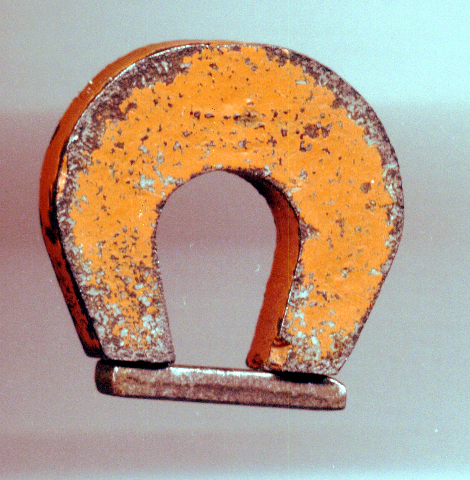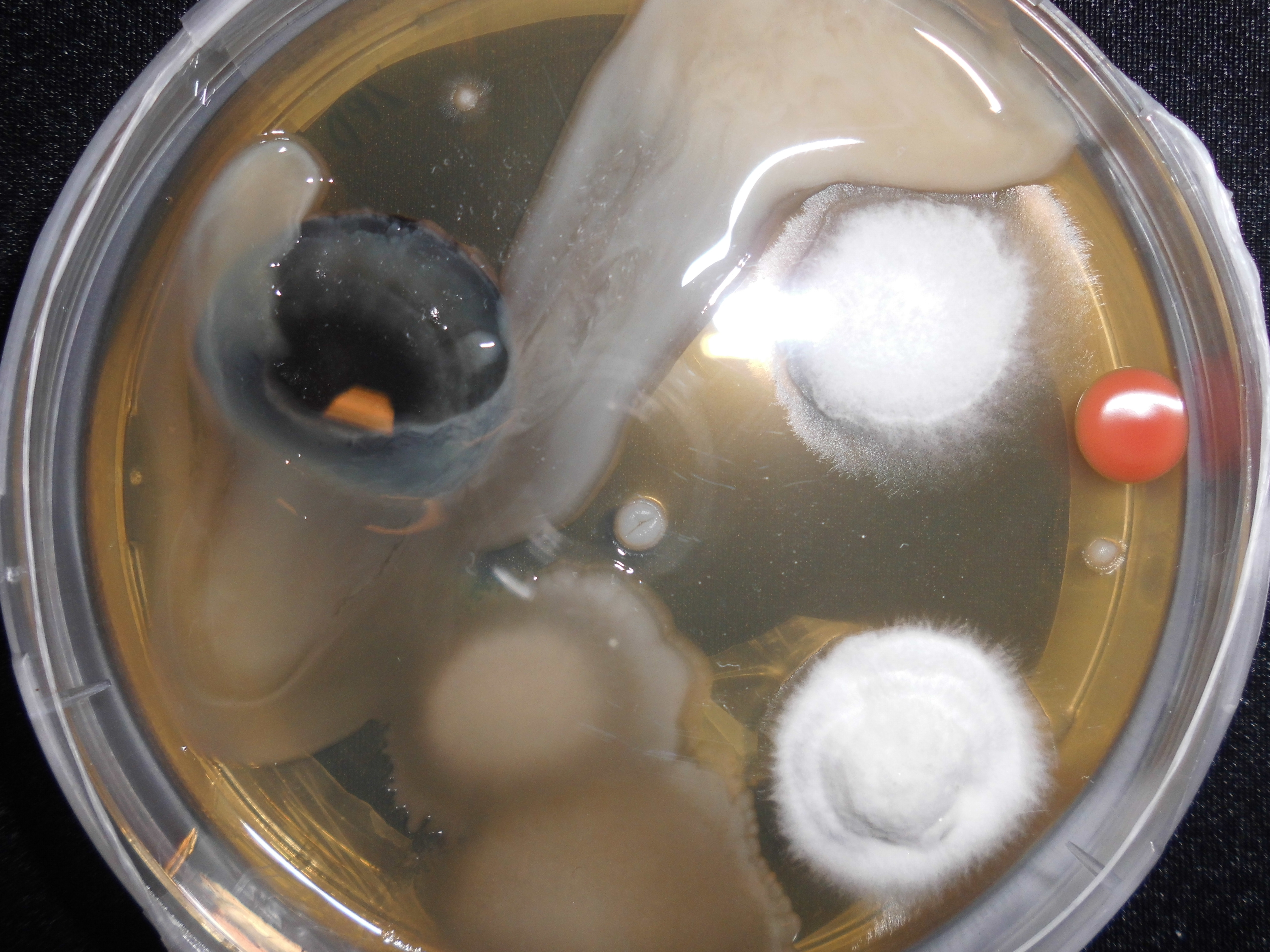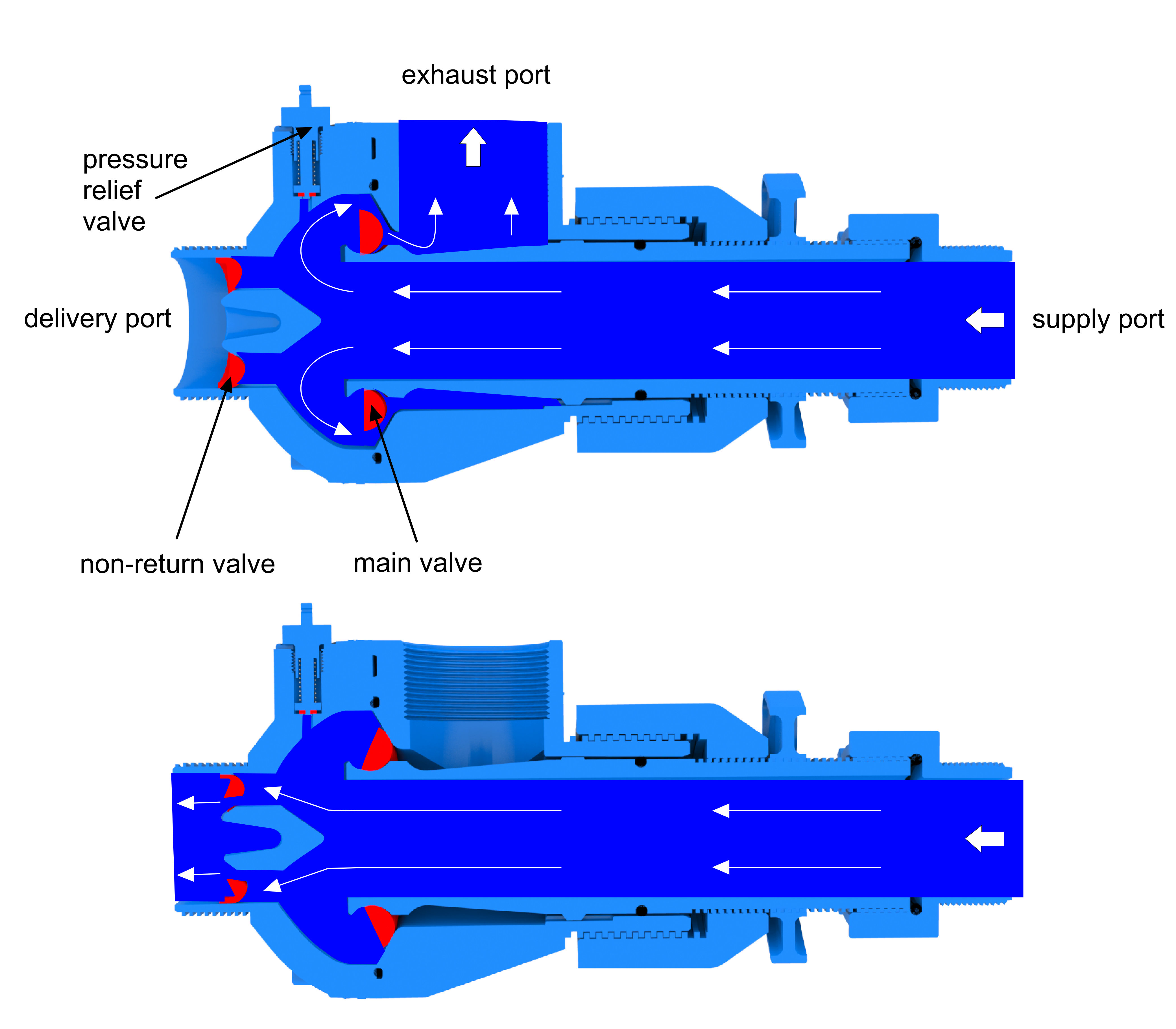|
Media Dispenser
A media dispenser or a culture media dispenser is a device for repeatedly delivering small fixed volumes (typically between 1 ml and 50 ml) of liquid such as a laboratory growth medium like molten agar or caustic or volatile solvents like toluene into a series of receptacles (Petri dishes, test tubes, Fernbach flasks, etc.). It is often important that such dispensers operate without biological or chemical contamination, and so must be internally sealed from the environment and designed for easy cleaning and sterilization before use. At a minimum, a media dispenser consists of some kind of pump connected to a length of discharge tubing or a spout. Dispensers used in laboratories are also frequently connected to microcontrollers to regulate the speed and volume of the medium as it leaves the pump. Laboratory media dispensers may include the following, among others: floating piston designs, syringe pumps, peristaltic pumps, pipettes or pipettors, and pressure injection c ... [...More Info...] [...Related Items...] OR: [Wikipedia] [Google] [Baidu] |
Syringe Pump, Lambda VIT-FIT
A syringe is a simple reciprocating pump consisting of a plunger (hydraulics), plunger (though in modern syringes, it is actually a piston) that fits tightly within a cylindrical tube called a barrel. The plunger can be linearly pulled and pushed along the inside of the tube, allowing the syringe to take in and expel liquid or gas through a discharge :wikt:orifice, orifice at the front (open) end of the tube. The open end of the syringe may be fitted with a hypodermic needle, a nozzle or tubing (material), tubing to direct the flow into and out of the barrel. Syringes are frequently used in clinical medicine to administer injection (medicine), injections, infuse intravenous therapy into the bloodstream, apply compounds such as glue or lubricant, and draw/measure liquids. There are also prefilled syringes (disposable syringes marketed with liquid inside). The word "syringe" is derived from the Greek language, Greek σῦριγξ (''syrinx'', meaning "Pan flute", "tube"). Me ... [...More Info...] [...Related Items...] OR: [Wikipedia] [Google] [Baidu] |
Ferromagnetism
Ferromagnetism is a property of certain materials (such as iron) that results in a significant, observable magnetic permeability, and in many cases, a significant magnetic coercivity, allowing the material to form a permanent magnet. Ferromagnetic materials are noticeably attracted to a magnet, which is a consequence of their substantial magnetic permeability. Magnetic permeability describes the induced magnetization of a material due to the presence of an external magnetic field. For example, this temporary magnetization inside a steel plate accounts for the plate's attraction to a magnet. Whether or not that steel plate then acquires permanent magnetization depends on both the strength of the applied field and on the coercivity of that particular piece of steel (which varies with the steel's chemical composition and any heat treatment it may have undergone). In physics, multiple types of material magnetism have been distinguished. Ferromagnetism (along with the similar effec ... [...More Info...] [...Related Items...] OR: [Wikipedia] [Google] [Baidu] |
Abrasive
An abrasive is a material, often a mineral, that is used to shape or finish a workpiece through rubbing which leads to part of the workpiece being worn away by friction. While finishing a material often means polishing it to gain a smooth, reflective surface, the process can also involve roughening as in satin, matte or beaded finishes. In short, the ceramics which are used to cut, grind and polish other softer materials are known as abrasives. Abrasives are extremely commonplace and are used very extensively in a wide variety of industrial, domestic, and technological applications. This gives rise to a large variation in the physical and chemical composition of abrasives as well as the shape of the abrasive. Some common uses for abrasives include grinding, polishing, buffing, honing, cutting, drilling, sharpening, lapping, and sanding (see abrasive machining). (For simplicity, "mineral" in this article will be used loosely to refer to both minerals and mineral-like substances ... [...More Info...] [...Related Items...] OR: [Wikipedia] [Google] [Baidu] |
Contamination
Contamination is the presence of a constituent, impurity, or some other undesirable element that renders something unsuitable, unfit or harmful for the physical body, natural environment, workplace, etc. Types of contamination Within the sciences, the word "contamination" can take on a variety of subtle differences in meaning, whether the contaminant is a solid or a liquid, as well as the variance of environment the contaminant is found to be in. A contaminant may even be more abstract, as in the case of an unwanted energy source that may interfere with a process. The following represent examples of different types of contamination based on these and other variances. Chemical contamination In chemistry, the term "contamination" usually describes a single constituent, but in specialized fields the term can also mean chemical mixtures, even up to the level of cellular materials. All chemicals contain some level of impurity. Contamination may be recognized or not and may become a ... [...More Info...] [...Related Items...] OR: [Wikipedia] [Google] [Baidu] |
Single Channel Rack
Single may refer to: Arts, entertainment, and media * Single (music), a song release Songs * "Single" (Natasha Bedingfield song), 2004 * "Single" (New Kids on the Block and Ne-Yo song), 2008 * "Single" (William Wei song), 2016 * "Single", by Meghan Trainor from the album '' Only 17'' * "Single", from the musical ''The Wedding Singer'' Film * ''#Single'' (film), an Indian Telugu-language romantic comedy film Sports * Single (baseball), the most common type of base hit * Single (cricket), point in cricket * Single (football), Canadian football point * Single-speed bicycle Transportation * Single-cylinder engine, an internal combustion engine design with one cylinder, or a motorcycle using such engine * Single (locomotive), a steam locomotive with a single pair of driving wheels * As a verb: to convert a double-track railway to a single-track railway Other uses * Single (mathematics) (1-tuple), a list or sequence with only one element * Single person, a person who is not in ... [...More Info...] [...Related Items...] OR: [Wikipedia] [Google] [Baidu] |
Adhesive
Adhesive, also known as glue, cement, mucilage, or paste, is any non-metallic substance applied to one or both surfaces of two separate items that binds them together and resists their separation. The use of adhesives offers certain advantages over other binding techniques such as sewing, mechanical fastenings, and welding. These include the ability to bind different materials together, the more efficient distribution of stress across a joint, the cost-effectiveness of an easily mechanized process, and greater flexibility in design. Disadvantages of adhesive use include decreased stability at high temperatures, relative weakness in bonding large objects with a small bonding surface area, and greater difficulty in separating objects during testing. Adhesives are typically organized by the method of adhesion followed by ''reactive'' or ''non-reactive'', a term which refers to whether the adhesive chemically reacts in order to harden. Alternatively, they can be organized either ... [...More Info...] [...Related Items...] OR: [Wikipedia] [Google] [Baidu] |
Gasoline
Gasoline ( North American English) or petrol ( Commonwealth English) is a petrochemical product characterized as a transparent, yellowish, and flammable liquid normally used as a fuel for spark-ignited internal combustion engines. When formulated as a fuel for engines, gasoline is chemically composed of organic compounds derived from the fractional distillation of petroleum and later chemically enhanced with gasoline additives. It is a high-volume profitable product produced in crude oil refineries. The ability of a particular gasoline blend to resist premature ignition (which causes knocking and reduces efficiency in reciprocating engines) is measured by its octane rating. Tetraethyl lead was once widely used to increase the octane rating but is not used in modern automotive gasoline due to the health hazard. Aviation, off-road motor vehicles, and racing car engines still use leaded gasolines. Other substances are frequently added to gasoline to improve chemical st ... [...More Info...] [...Related Items...] OR: [Wikipedia] [Google] [Baidu] |
Hydraulic Ram
A hydraulic ram pump, ram pump, or hydram is a cyclic pump, cyclic water pump powered by hydropower. It takes in water at one "hydraulic head" (pressure) and flow rate, and outputs water at a higher hydraulic head and lower flow rate. The device uses the water hammer effect to develop pressure that allows a portion of the input water that powers the pump to be lifted to a point higher than where the water originally started. The hydraulic ram is sometimes used in remote areas, where there is both a source of Low head hydro power, low-head hydropower and a need for pumping water to a destination higher in elevation than the source. In this situation, the ram is often useful, since it requires no outside source of Power (physics), power other than the kinetic energy of flowing water. History In 1772, John Whitehurst of Cheshire, England, invented a manually controlled precursor of the hydraulic ram called the "pulsation engine" and installed the first one at Oulton, Cheshir ... [...More Info...] [...Related Items...] OR: [Wikipedia] [Google] [Baidu] |
Accuracy And Precision
Accuracy and precision are two measures of ''observational error''. ''Accuracy'' is how close a given set of measurements (observations or readings) are to their ''true value''. ''Precision'' is how close the measurements are to each other. The International Organization for Standardization (ISO) defines a related measure: ''trueness'', "the closeness of agreement between the arithmetic mean of a large number of test results and the true or accepted reference value." While ''precision'' is a description of ''random errors'' (a measure of statistical variability), ''accuracy'' has two different definitions: # More commonly, a description of ''systematic errors'' (a measure of statistical bias of a given measure of central tendency, such as the mean). In this definition of "accuracy", the concept is independent of "precision", so a particular set of data can be said to be accurate, precise, both, or neither. This concept corresponds to ISO's ''trueness''. # A combination of both ... [...More Info...] [...Related Items...] OR: [Wikipedia] [Google] [Baidu] |
Screw
A screw is an externally helical threaded fastener capable of being tightened or released by a twisting force (torque) to the screw head, head. The most common uses of screws are to hold objects together and there are many forms for a variety of materials. Screws might be inserted into holes in assembled parts or a screw may form its own thread. The #Differentiation between bolt and screw, difference between a screw and a bolt is that the latter is designed to be tightened or released by torquing a Nut (hardware), nut. The screw head on one end has a slot or other feature that commonly requires a tool to transfer the twisting force. Common tools for driving screws include screwdrivers, wrenches, coins and hex keys. The head is usually larger than the body, which provides a ''bearing surface'' and keeps the screw from being driven deeper than its length; an exception being the ''set screw'' (aka grub screw). The cylindrical portion of the screw from the underside of the head t ... [...More Info...] [...Related Items...] OR: [Wikipedia] [Google] [Baidu] |
Caps Of Top-bottle Dispenser Comes With The Package
Caps are flat headgear. Caps or CAPS may also refer to: Science and technology Computing * CESG Assisted Products Service, provided by the U.K. Government Communications Headquarters * Composite Application Platform Suite, by Java Caps, a Java framework * Computer Animation Production System, a film animation post-production system developed by Walt Disney Feature Animation and Pixar Biology, medicine and psychology Genetics * Calcyphosin, the CAPS gene and its protein * Cleaved amplified polymorphic sequence, markers used to detect a polymorphic sequence Medical conditions * Auditory processing disorder (APD), formerly Central Auditory Processing Syndrome * Catastrophic antiphospholipid syndrome * Cryopyrin-associated periodic syndrome, a spectrum of autoinflammatory syndrome Other uses in biology, medicine and psychology * CAPS (buffer), N-cyclohexyl-3-aminopropanesulfonic acid, in biochemistry, a buffering agent * Cognitive-affective personality system, a model within psyc ... [...More Info...] [...Related Items...] OR: [Wikipedia] [Google] [Baidu] |








